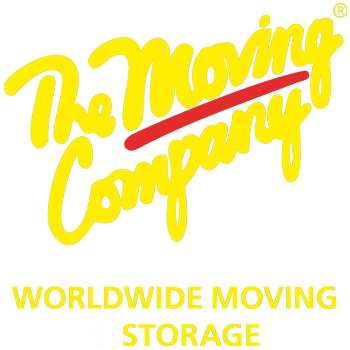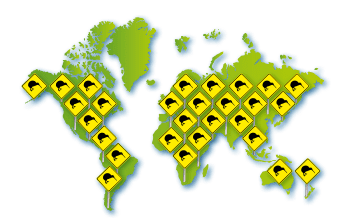Moving to Europe: The Complete Guide
Are you thinking about planning the exciting move to Europe?
We recognise the significance of this move, and we’re here to help you through it with professional insights, our expert advice, lesser-known facts, and crucial information about moving overseas. Whether you’re relocating for employment, school, or a new chapter in your life, our thorough step-by-step guide will help you manage every element of your move.
Step 1: Research and Preparation
Before you even start packing, thorough research is essential. It is crucial to become familiar with visa and residence regulations, healthcare systems, and other necessary paperwork for a smooth transition.
Did you know that some European countries have specific rules about bringing pets? Research pet immigration requirements to avoid any last-minute surprises that might delay your furry friend’s journey.
Prepare a checklist of actions and dates to enable a smooth transition from your current residence to your desired European residence. Organising and staying on track will be easier if you divide each process into smaller phases.
Step 2: Choosing Your Moving Company
Choosing a trustworthy international moving company is a vital decision.
Book your preferred moving company early in advance to get your ideal relocation dates. This proactive approach is especially important during peak seasons, when demand for overseas relocations is at its greatest.
The Moving Company will not only assist you in navigating European regulations, but will also ensure a seamless customs clearing process, avoiding unnecessary delays.
Step 3: Downsizing and Packing
Moving abroad is a fantastic opportunity to declutter and simplify your life. Make deliberate decisions about what to keep, donate, or sell as you go through your household goods.
Start packing as soon as possible, prioritising critical items that you’ll need right away. When determining what to bring, consider issues such as climate variances and cultural customs.
Label your boxes with specific inventory lists and detailed contents. This will not only make unpacking at your new European house easier, but it will also help with customs declarations. Choose specialised moving boxes and packaging materials designed for maximum protection, cushioning, and strength during the hard moving process to protect your belongings from shocks, vibrations, and temperature variations.
Step 4: Documentation and Legalities
Gathering the relevant documentation is an important stage in any foreign relocation. Check that your passport is up to date and that you have the correct visa for your intended stay. Notify the appropriate authorities of your move, update your address with banks and subscriptions, and notify government agencies of your change of address.
Many European countries have integration programmes for immigrants, including language training, cultural orientation sessions, and tools to help you settle in and make meaningful connections in your new community.
Keep important documents, such as birth certificates, marriage certificates, and medical records, in a secure and easily accessible folder that you carry with you during the move.
Step 5: Settling In
Allow yourself time to adjust to your new surroundings once you arrive in Europe. Embrace the local culture, eat traditional cuisine, and stroll around the neighbourhood. Creating a routine and interacting with expat groups might help to ease your transition and make you feel more at peace.
From shopping at local markets to asking for directions, learning a few simple phrases in the local language will help you create relationships and navigate daily life. Europe has a large and efficient public transport network, which is often a handy and environmentally beneficial option to travel within and between nations. Using public transport can enrich your European experience and make it easier to visit other towns and countries.
Begin with unpacking the necessities and work your way through the rest of your belongings.
How International Shipping Works
To begin this journey, experienced movers carefully pack your prized possessions into sturdy boxes, using appropriate materials to ensure their maximum protection during the trip. The following step centres around documentation, which necessitates the provision of necessary paperwork such as passports, visas, and meticulously itemised inventory lists. Following that, the delicate dance of customs clearance takes front stage, putting your consignment to a rigorous examination and validation to verify strict compliance with the destination country’s requirements. The type of transportation chosen, whether by sea, air, or land, has a considerable impact on the overall transit timeline.
As the shipment arrives at its destination, local officials handle the complexities of customs clearance, allowing the moving company to precisely plan the final leg of the journey – the seamless delivery to your new home. When this critical juncture occurs, the task of unpacking and settling into your new home begins, complemented with the thrilling endeavour of embracing the local culture and creating connections with your new surroundings.
Keep in mind that keeping an open and honest relationship with the moving business serves as an important conduit for real-time tracking and updates on potential delays!
Learn more about our essential tips for moving to Europe, and what you’ll need to bring with you.
At The Moving Company, we specialise in making your international relocation a stress-free experience
There’s no need to wait! Contact us now to begin your journey to a new chapter across the Atlantic.




